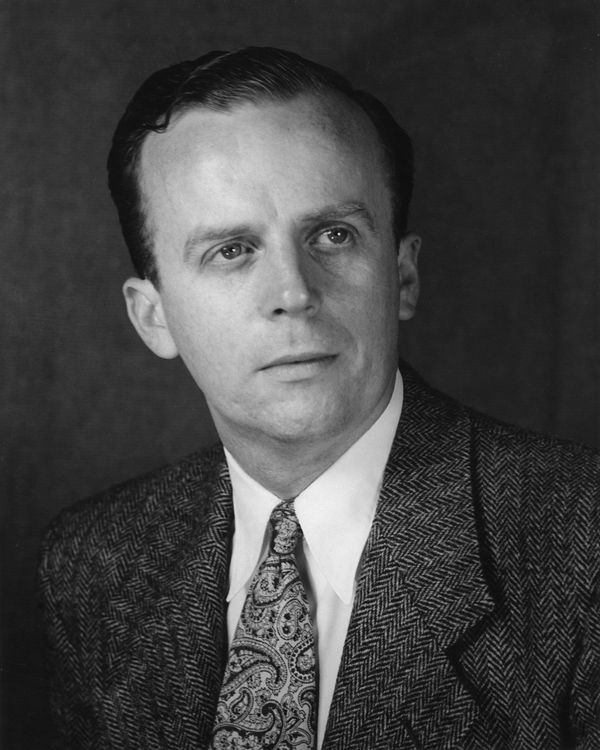Connections: Global Networks
J.C. Licklider
“Lick” was first head of the computer division of ARPA. He once wryly called his Web-like dream of person-computer symbiosis an “Intergalactic Computer Network."
Connections: Global Networks
In the 1950s, users could connect remotely to a timesharing computer. Some networks, like those for SAGE, linked special-purpose machines together. But visionaries such as J.C.R. Licklider conceived networks able to globally unite different kinds of computers – a radical idea, and difficult to achieve.
There were daunting obstacles. How to translate between incompatible systems? How to harness a phone network designed for long conversations and use it for bursts of computer data? How to deal with noise and unreliable links? Each obstacle was overcome in time.
Packet Switching
“Packet switching” gave computers a reliable, efficient way to communicate over unreliable links.
In traditional telephone circuits, signals travel over one particular path. If it is blocked, nothing gets through. And when nothing is being said, the line is wasted.
In the early 1960s, several researchers, notably Paul Baran in the U.S. and several years later Donald Davies in the U.K., independently proposed a revolutionary alternative. Packet switching divides data into small chunks, called packets. Each travels separately and can take different routes. If one path is blocked, packets take an alternate route—or are resent.
